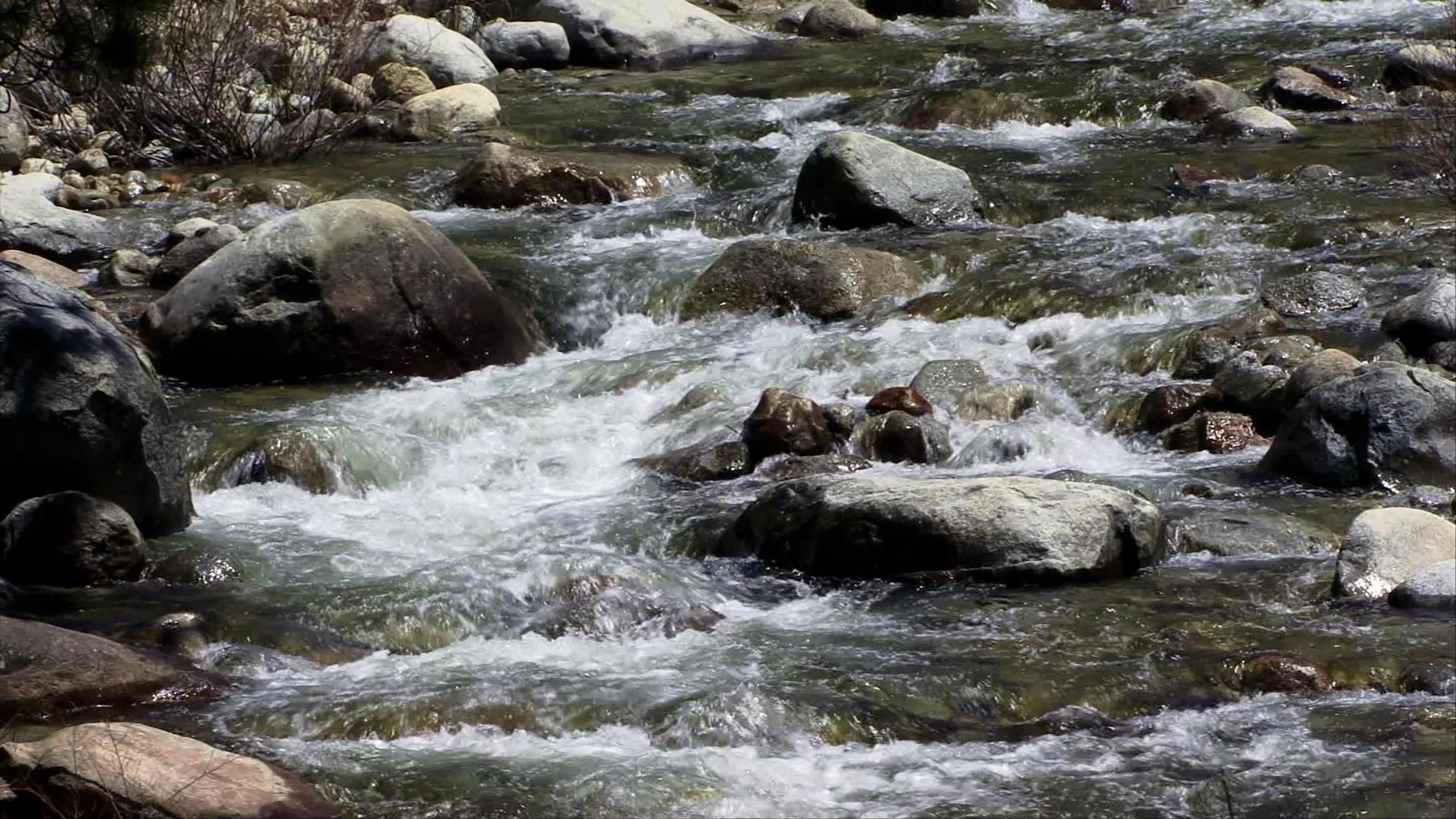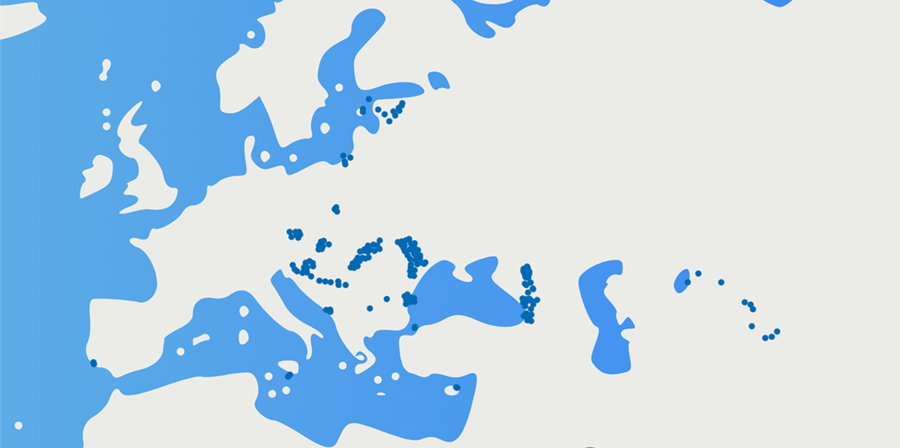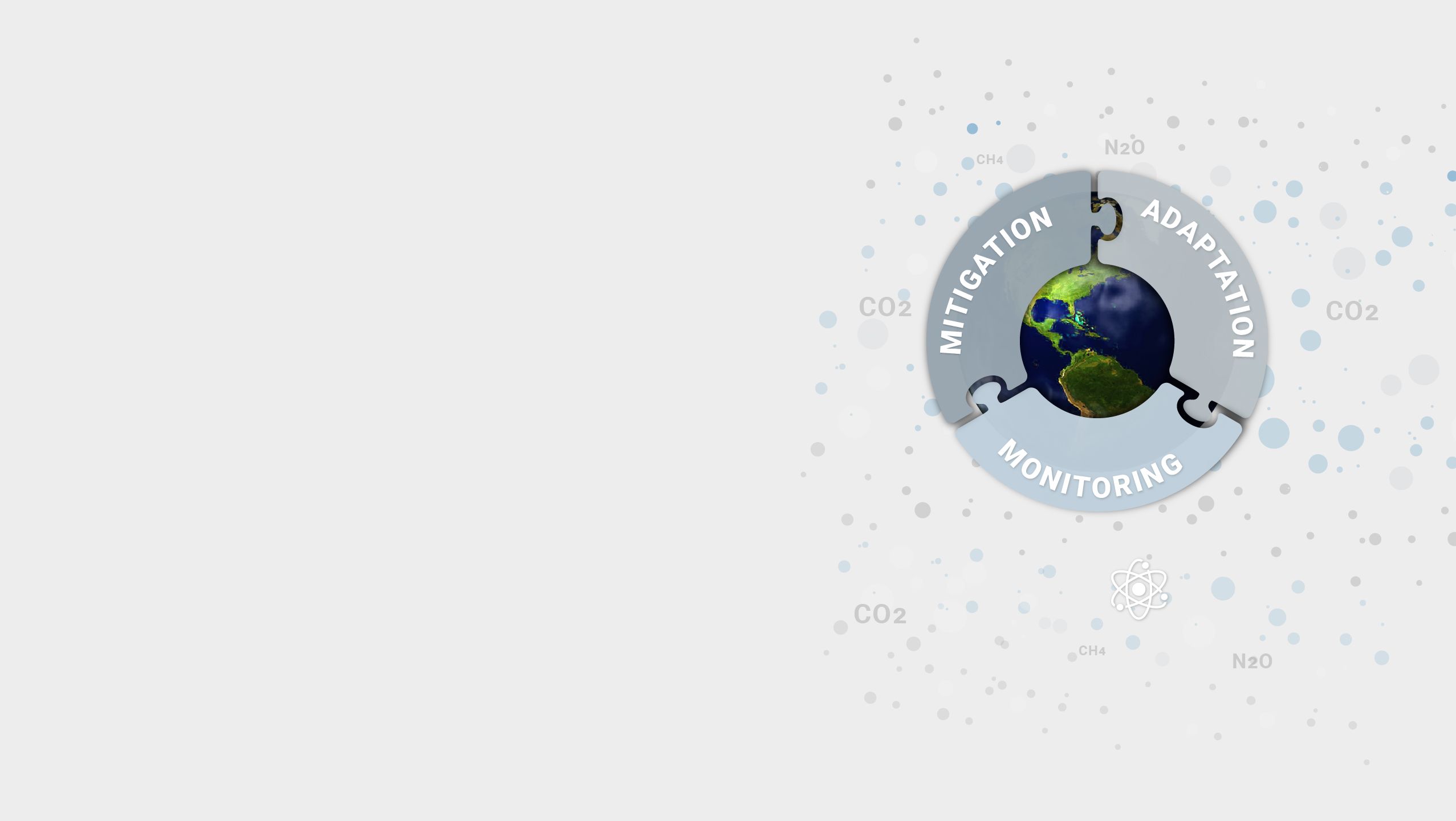Two billion people worldwide do not have access to safe drinking water, according to the United Nations.
With the help of nuclear science we can ensure its future availability and its sustainable management.

Due to climate change, the quantity and quality of freshwater around the world is threatened by higher temperatures, the growing volatility of rainfall patterns and the increasing frequency of extreme weather events.
In Europe and Central Asia, many countries face growing water scarcity, with a recent study showing that 29% of groundwater sources, which account for 65% of drinking water, cannot meet the demands.
(European Environmental Agency)
Many communities likewise depend on glaciers, which are melting at extreme rates due to increased temperatures. For example, in Georgia, the Chalaadi Glacier is their main source of water for the people living in the Enguri River Basin. However, between 1810 and 2018, this glacier has shrunk by 34%.
With the help of nuclear science and technology, we can better understand the effects of climate change on key freshwater resources like rivers, aquifers and glaciers to develop adequate adaptation strategies and ensure future water availability through sustainable management.
From 2012 to 2020, the IAEA supported water management in 57 countries and territories through 93 projects.
Water sources transcend borders
To answer fundamental questions about the future availability of water resources in Europe and Central Asia, the IAEA launched a regional project to bring together isotope hydrologists from 28 countries in the region for the first time and provided them with a platform for joint research on shared resources.
These scientists are now collaborating to gather and share data on a large scale. Through the IAEA project, more than 600 water sampling sites were established with roughly 500 of them checked each month to track developments.

By measuring the proportions of different isotopes in the water samples, scientists are determining the water’s source, age, quality and movements.
The valuable data generated by this project provides a complete picture of the status of freshwater resources in rivers, aquifers and glaciers.

Isotope hydrology uses environmental isotopes and other geochemical tracers to assess the origin and movement of water within the hydrological cycle. Environmental tracers such as stable water isotopes provide unique information that is used to characterize and define the sources and flows of water, as well as interactions and mixing processes between different water bodies.
In addition, naturally occurring radionuclides such as tritium and carbon-14 are commonly used to estimate the age of groundwater. This information is essential to assess the current rate of groundwater replenishment, as well as the transport processes in aquifers and the vulnerability of aquifers to pollution.

The IAEA helps countries to understand precious resources before they disappear.
The IAEA promotes nuclear-based solutions to preserve and restore the environment from climate-related weather events and disasters through the mitigation of greenhouse gas emissions, adaptation to and monitoring of the adverse consequences of climate change.

Share by clicking on social media icons on top right of this page
The IAEA looks forward to strengthening and establishing partnerships to support Member States towards the achievement of the Sustainable Development Goals and the implementation of the Paris Agreement in areas such as energy, sustainable land use, climate smart agriculture, food production systems, analysis of global greenhouse gas emissions, water management, and oceans and coastal protection. The IAEA brings together experts, coordinates research, and fosters cooperation between countries to reduce carbon emissions and mitigate the effects of climate change.

